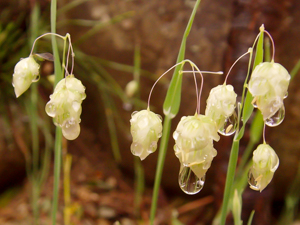 Guest Author – Vijay Pargaonkar
Guest Author – Vijay Pargaonkar
Seven Stages of Chidabhasa
Based on Panchadasi by Vidyaranya Swami
Chapter 7.0 “Trupti Deepa”(marathi translation by Pundit Vishnu Shastry Bapat (1908) and hindi translation by Pundit Ramavatar Vidyapati (1912))
Brihadaranyaka Upanishad 4-4-12

“If a man knows the Self as “I am This” then desiring what and for whose sake will he suffer in the wake of the body.”
(The entire Trupti Deepa chapter of Panchadasi is based on this shruti mantra)
Kutastha, the pure Consciousness, is asanga (without any association) and avikari (immutable). This Kutastha is also the adhisthana (substratum) of “bhrama” (illusions- not to be confused with Brahman) of indriya-sharira (body- mind complex). When it gets associated (the association is only vyavaharic/transactional and not real) with mind through anyonya-adhyasa (mutual superimposition) it is known as Jiva. Kutastha’s reflection in mind “chidabhasa” alone cannot be the Jiva since it has no existence of its own without Kutastha – image in a mirror is not possible unless there is a face behind it. The mixture/combination of chidabhasa and Kutastha is also referred to as purusha in the the shruti above. Continue reading →



